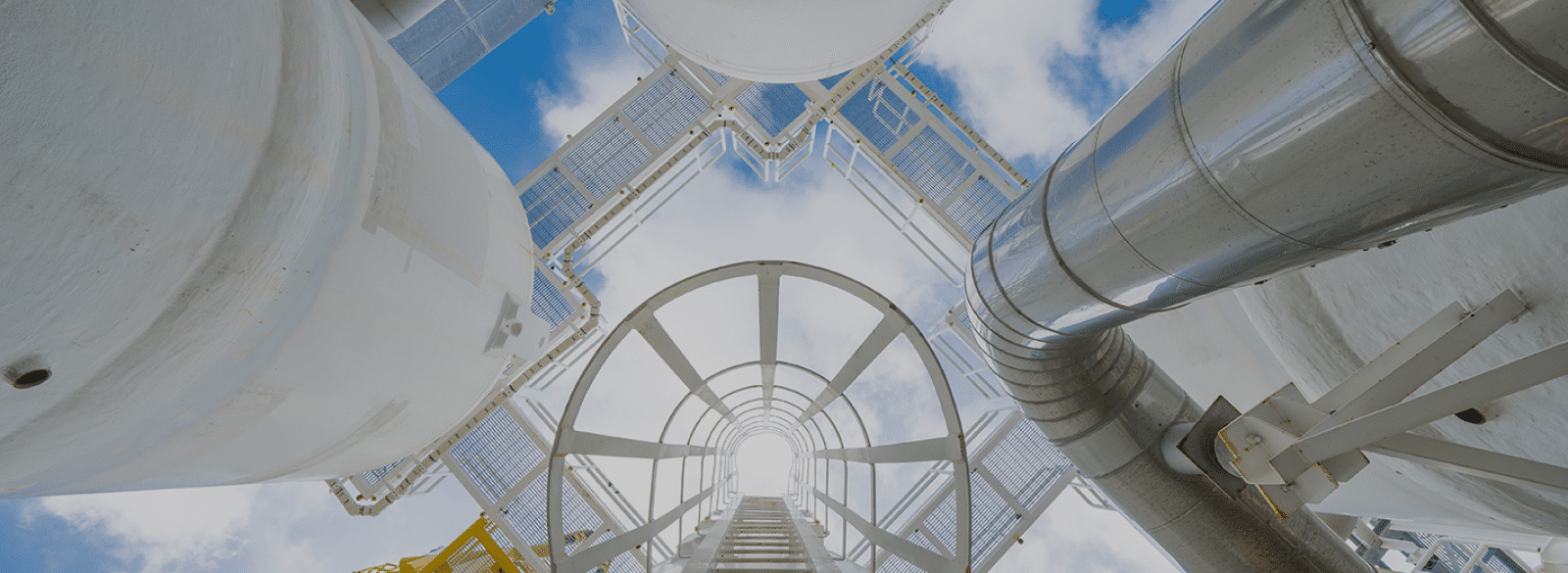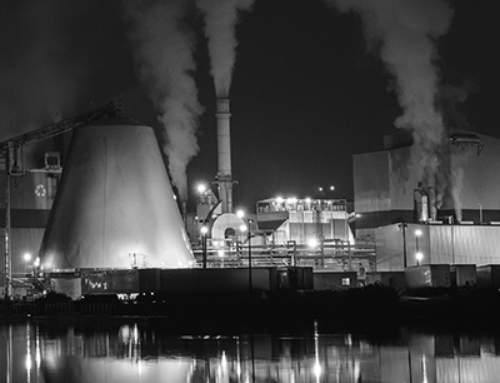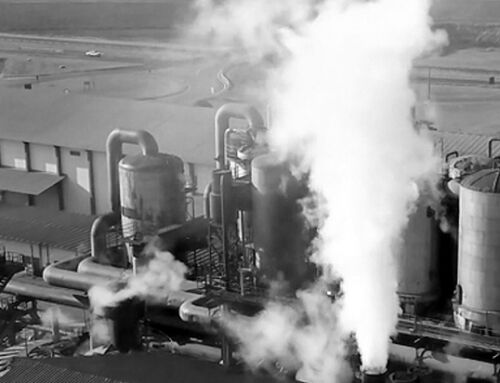The chemicals industry plays a key part in the production of nearly all manufactured goods, adding $1.1 trillion to world GDP and employing 15 million people. Converting raw materials into industrial chemicals is a pivotal component of our global economy.
To decarbonize operations and improve competitiveness, the chemicals industry looks for ways to optimize industrial efficiency and lower fuel consumption. The three principal operations that have opportunity for improved efficiency are distillation, evaporation, and drying. Tackling one or more of these is the best way to decarbonize a chemical manufacturing plant.
Industrial Heat Pumps In Distillation Processes
Chemical plants undergo an energy intensive distillation process to separate water and other constituents from the desired product. Distillation can account for up to 40% of the plant’s energy usage, as the process of heating and condensing fluids to transition between vaporous and liquid states is energy demanding.
A savvy way to dramatically improve industrial efficiency is to integrate an industrial heat pump into the distillation process. By capturing the heat available at the top of the column by replacing the condenser cooling medium with a heat recovery loop, an industrial heat pump reduces the energy load on the cooling tower and mitigates environmental and operational stress from intense heating and cooling demands in the distillation process.
Mechanical Vapor Recompression In Evaporation Processes
In evaporators, applied steam provides the heat necessary to boil off unneeded compounds. The steam starts off at a high pressure and cascades through a number of effects that each work to deliver a more concentrated product. The working vapor loses pressure as it passes from one effect to the next, and ultimately becomes too low-pressure to provide relevant work.
To upgrade and reuse that low-pressure vapor, a Mechanical Vapor Recompression (MVR) system can be implemented. A well-established technology, the MVR compresses vapor to make it once again usable within the evaporator process. This reduces the amount of input steam needed, consequently reducing fuel consumption, CO2 emissions, and operating costs.
Heat Recovery System In Drying Processes
Industrial dryers — whether powered via direct or indirect heating — may improve efficiency by capturing and repurposing the hot, humid exhaust the dryer releases into the atmosphere.
The dryer exhaust can be captured through a heat recovery system. Instead of being released into the atmosphere as waste heat, the heat recovery system collects the exhaust and repurposes it to work at other plant operations that require heat. In addition to improving industrial efficiency, this heat recovery will also reduce the plant’s fuel consumption and save on operational expenses.
Conclusion
The processes discussed here address ways to repurpose waste heat, upgrade low-pressure steam, and implement more energy-efficient methods of heat transfer.
While these processes require minimal adjustment to your plant’s operational flow, making these simple improvements can have a sizable impact on reducing a plant’s emissions and overall energy intensity.





